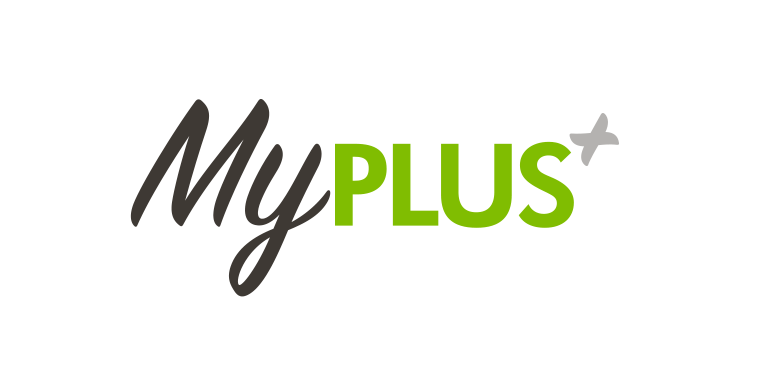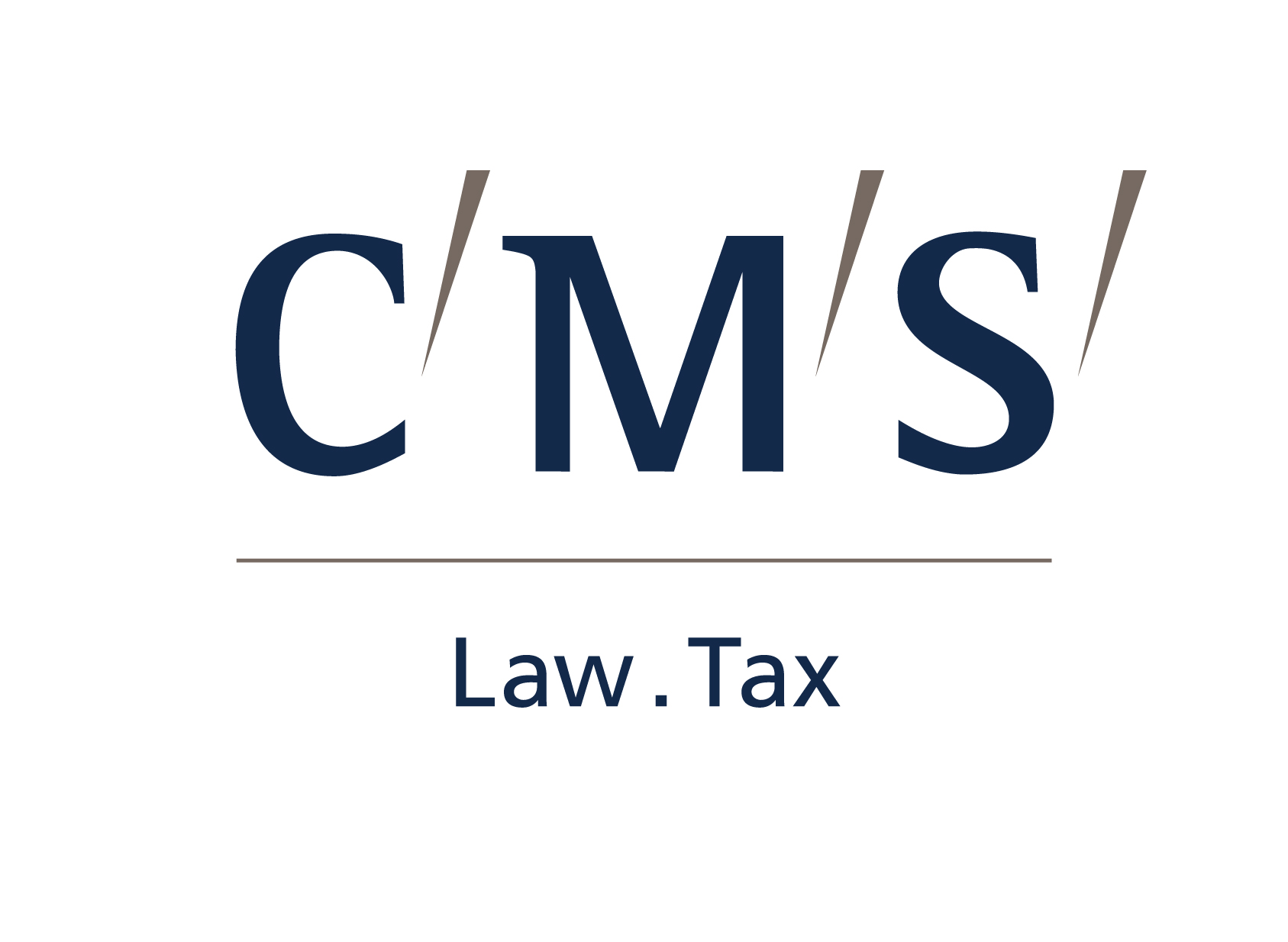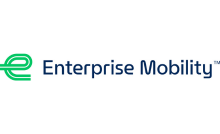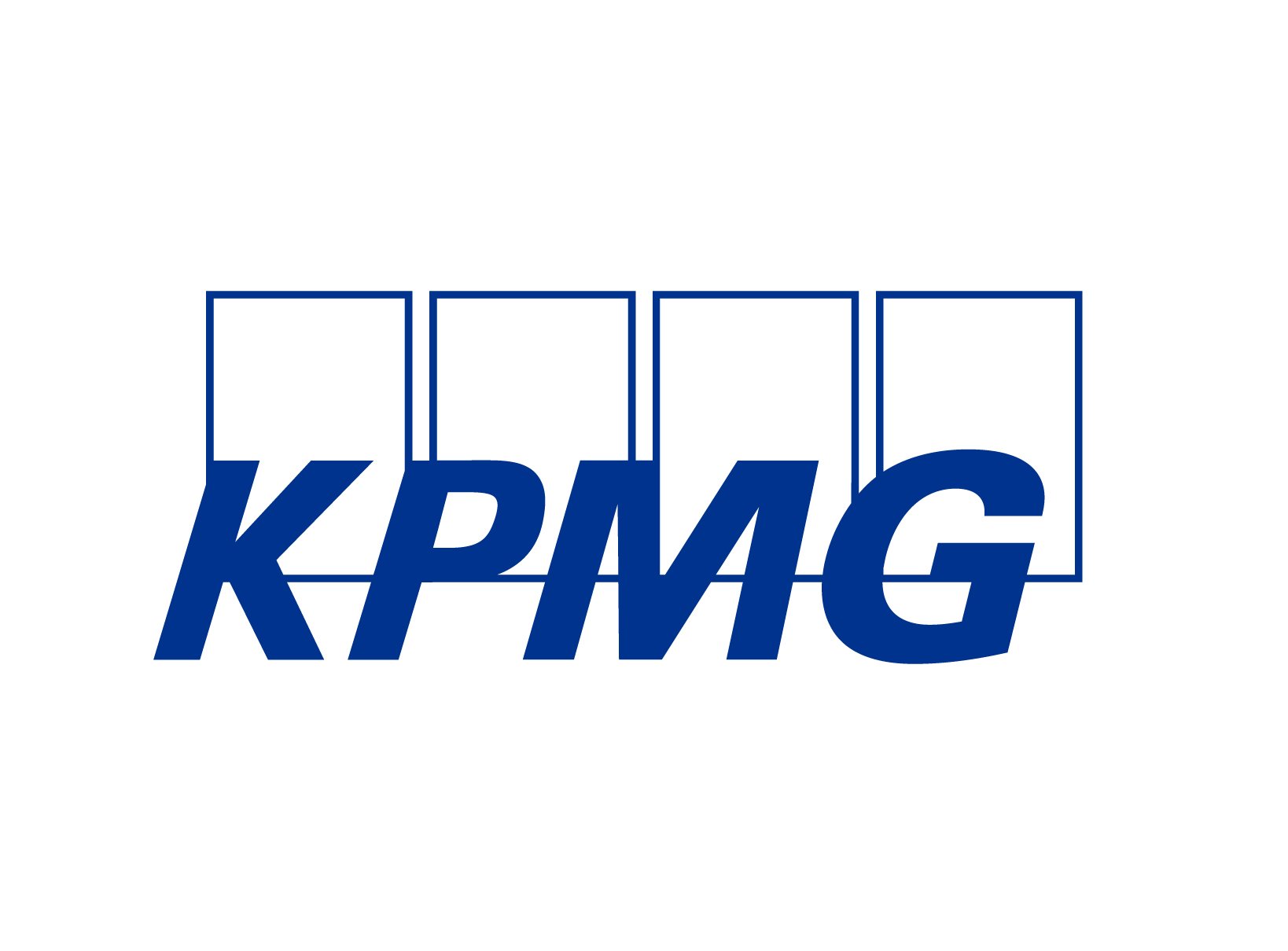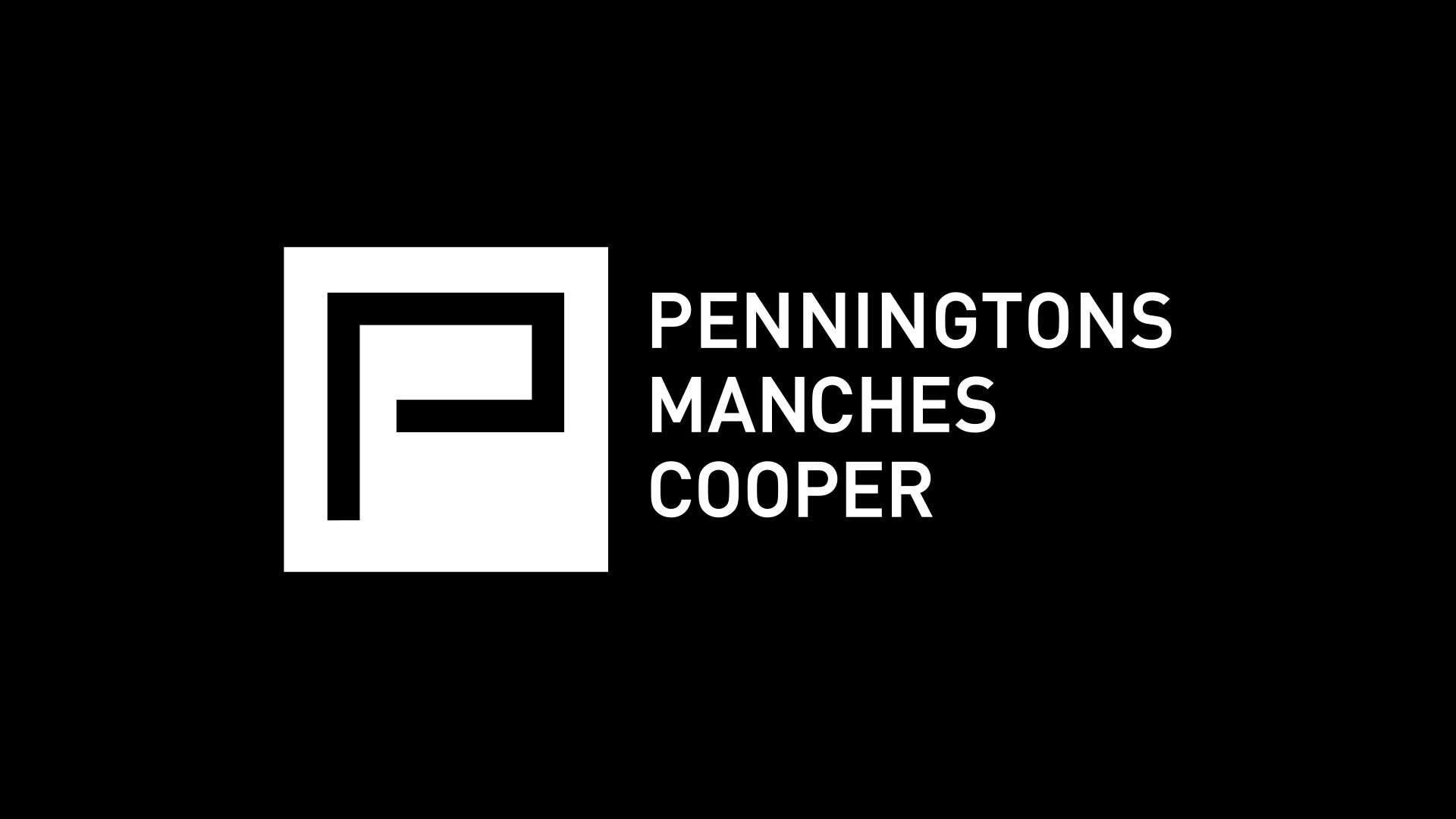Author - Helen Cooke, CEO, MyPlus
Engaging with disabled students and encouraging them to apply for graduate opportunities remains one of the key challenges faced by many organisations. Despite being keen to engage with disabled students, progress remains slow and applicant numbers remain low. The reasons for this are many and varied and include, but are not limited to, being too busy to give this any meaningful consideration, being ‘too late’ in considering this talent pool in your attraction strategy, a lack of resources, and being ‘fearful’ of this complex subject.
Yet, in reality, it’s not that hard. The key is to be clear about what you want to achieve and why, and have a plan of how to get there. The following are 5 steps to take that will set you on your journey.
Step 1 - An inclusive attraction strategy
In a desperate attempt to increase the number of disabled students applying for their graduate roles many employers will have tried one of the following: advertised in a disability life-style magazine, advertised on a general disability website (not job specific), or worked with a disability charity. Unsurprisingly, none of these efforts will have worked and the experience will have put them off trying again as it was a waste of time, money and effort.
However, as the talent pool of disabled individuals continues to grow you will need to try again. Before doing so take a step back and work out what you want to achieve and how are you going to achieve it. In essence, you need a strategy. Every employer who is serious about engaging with students will have a sophisticated, well thought through, attraction strategy and you need the same for engaging with disabled students. In fact, you don’t need a separate attraction strategy, you need an inclusive one. You need to ensure that every single thing that you do to engage with students is inclusive of all students, including those who have a disability or long-term health condition.
You strategy is key; it underpins everything else you do and without one you’ll find it hard to make significant progress. Having a strategy will make REAL sustainable progress more achievable.
Step 2 - Understanding
If you wish to engage with any group of people you firstly have to understand them and the same is true for disabled individuals. You have to understand everything from how they search for jobs, the concerns they have and the questions they’ve got. Only by understanding your target market can you successfully engage with them.
Disability is a complex area however key areas include:
Lower confidence
It’s human nature for us to compare ourselves to others; and for those of us who have a disability it is easy to think about all the things we can’t do, or can no longer do, particularly when compared to our non-disabled colleagues. And it is this comparison which leads to lower confidence and stops us from engaging with you.Fear of being open
Our research has found that 76% of students were concerned about being open about their disability. This fear is either stopping them informing employers about their disability and thus preventing them from obtaining the adjustments they require, or is stopping them from applying altogether. Either way, they are missing out on the possibility of a career, and you are missing out on the possibility of recruiting those who may make a positive difference to your organisation.Discrimination
Students who have a disability or long-term health condition fear being discriminated against – being treated unfairly. Our research found that this was the highest reason for not being open.The ‘hassle’ factor.
Alongside the fear of being discriminated against, is that they will be seen as a ‘hassle’ or a ‘nuisance’. They are asking for something different / extra to their non-disabled counterparts hence they are a nuisance to you and again this may lead to you discriminating against them.
The issues outlined above are just the tip of the iceberg however they are very real evidence that many disabled students have a strong feeling / belief that employers aren’t interested in them because they have a disability. Unless this is addressed, they are going to continue to take themselves out of the process.
Step 3 - Tailor your marketing messages
When considering your marketing messages, you must firstly recognise that disabled students have the same wants, aspirations and questions as their non-disabled counterparts. They want to know about the organisation, your culture, the opportunities, training, potential to progress and to work abroad. They are going to look for this information in the same way as their non-disabled friends do; they are going to visit the same websites, attend the same events, read the same articles, talk to the same people, and so on
However, on top of these questions they have questions relating to the fact that they have a disability and you have to provide this information too.
Key messages include, but are not limited to:
That you are a disability confident organisation & what that means in practice
That you have a culture of ‘openness’ & encourage them to be open with you
Detail your recruitment process so they can identify the support they will need
Information about your Disability Network
Reassure them of confidentiality
Only by providing these messages will they be assured that you are an employer of choice for disabled individuals and will feel comfortable to start engaging with you.
Step 4 - Communication Channels
Having worked out what your key messages are you then have to ensure that you get them ‘out there’ and in front of the 11.5% of students who have a disability. You need to ensure that every single communication channel that you use to engage with students carries your key messages for disabled students. Being half hearted in this won’t enable you to achieve real sustainable progress; you have to go for complete saturation!
Your website is key, as is your collateral, however these are just two of the many communication channels that you must deploy. You must also establish and leverage relationships on campus including the Careers Service and the University Disability Service, faculties, student societies, and disability and mental health groups. The engagement events you host from insight days and careers events through to presentations, competitions and skills sessions are all opportunities for you to communicate with disabled students, as is the use of social media. And last but no means least, the MyPlus Students’ Club website (opens in new window) provides a platform to showcase yourself as a disability confident employer. It enables employers to talk about how great with disability they are – including the importance of disability to their organisation, the awards they have won and to profile their employees who manage their disability in the workplace on a day-to-day basis. Which leads us to the last area to consider – role models
Step 5 - Role models
Role models are one of the most impactful ways to engage with disabled students; hearing from those who have a disability, who are already working for you and who are enjoying successful careers demonstrates that you actually do what you say you do when it comes to recruiting and supporting disabled individuals.
Whilst it is really important to have a strategy, communicate your key messages and establish effective relationships, the single most effective way to engage with disabled students is to bring it all to life by enabling them to hear from those who are already within your organisation. Employees who share their own experiences of managing their disability in the workplace and talk about the support they benefit from is the most powerful tool you have.
And whilst some individuals don’t wish to be a ‘role model’ many many more will do. You only have to read the 70+ case studies on the MyPlus Students’ Club website (opens in new window) to see how forthcoming employees are to share their story.
